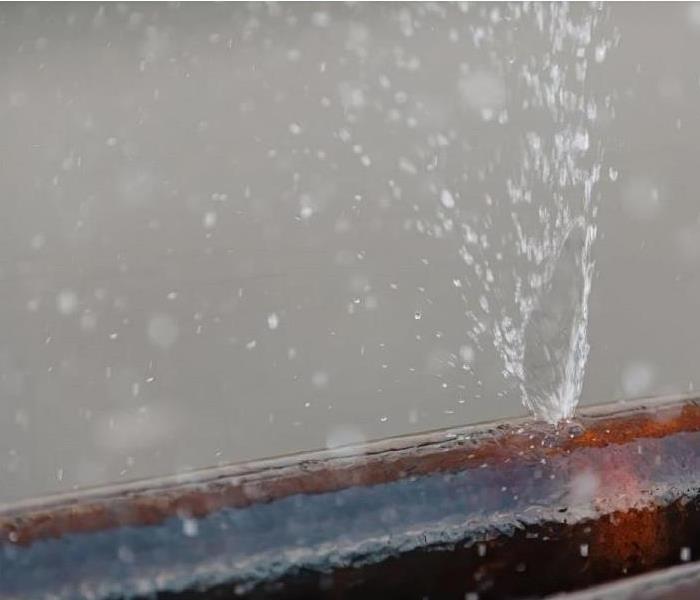The Way Water Damage Incidents Are Classified and Categorized | SERVPRO® of Western Dutchess County
2/5/2021 (Permalink)
 No 2 water damages are the same. A professional restoration company should always be called for mitigation.
No 2 water damages are the same. A professional restoration company should always be called for mitigation.
Water damage is always a serious and frustrating thing to discover in your Beacon home, but did you know that all water damage events are not considered equal? No 2 water damages are alike. There is a myriad of factors that change from house to house or building to building. There are some types of water damage that are not as severe as others, and while any water damage should receive professional attention, the restoration work can range from minor to extensive.
Water damage is divided into classes and categories—the classes have to do with the amount of water and how densely the impacted area is soaked, while the categories have to do with the type of water causing the damage. Below, we will get into more details so you can be better prepared and on the same page when your restoration team arrives.
The Classes of Water Damage
Class One Water Damage: Class one water damage impacts a small area of a room and low-absorbent materials such as wood, tile or concrete.
Class Two Water Damage: Class two water damage impacts an entire room and has soaked into materials such as carpets or cushions but does not rise higher than two feet up the walls.
Class Three Water Damage: Typically from overhead sources such as burst pipes, class three water damage will saturate insulation, walls, carpets and subfloors in an entire room.
Class Four Water Damage: This water damage refers to specialty situations, such as when plaster, hardwood, brick and stone are impacted by water damage in any regard.
The Categories of Water Damage
Category One: Category one water, often referred to as clear water, is water from any sanitary source such as a faucet or toilet tank.
Category Two: Also known as gray water, category two water comes from washing machines, drains or dishwashers, and contains contaminants that can be harmful if touched or ingested.
Category Three: The most dangerous of all types, category three or black water is sourced from sewer backups, floodwaters which have become contaminated or category one or two water that has been allowed to sit for some time.
If you have water damage of any class or category, we can tackle it. You can contact our expert restoration specialists at any time. Our experts are standing by and always here to help.





 24/7 Emergency Service
24/7 Emergency Service